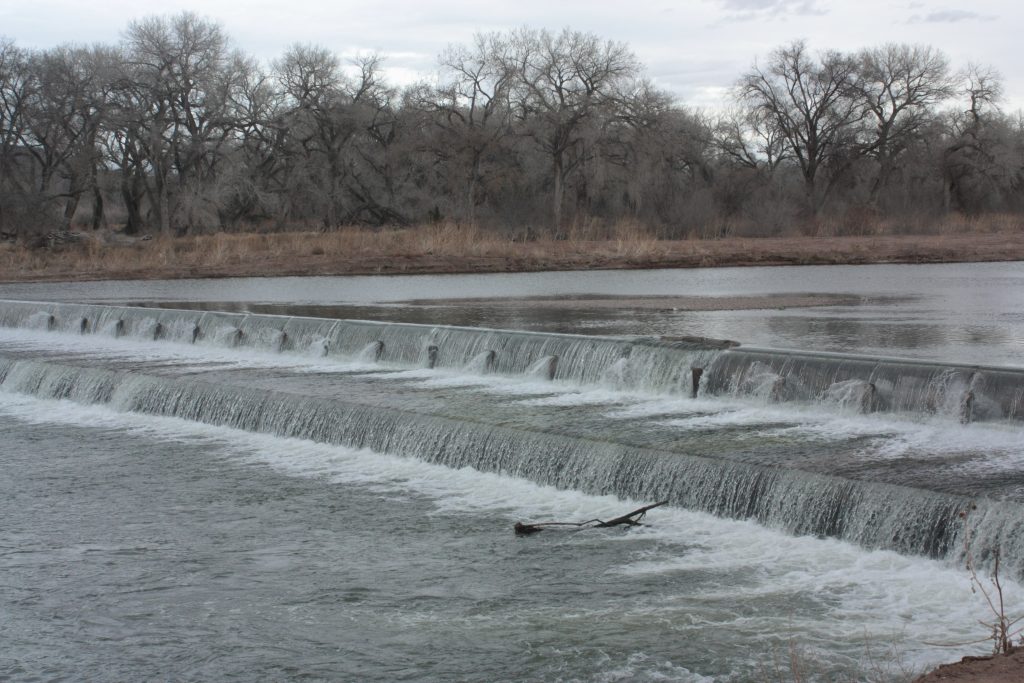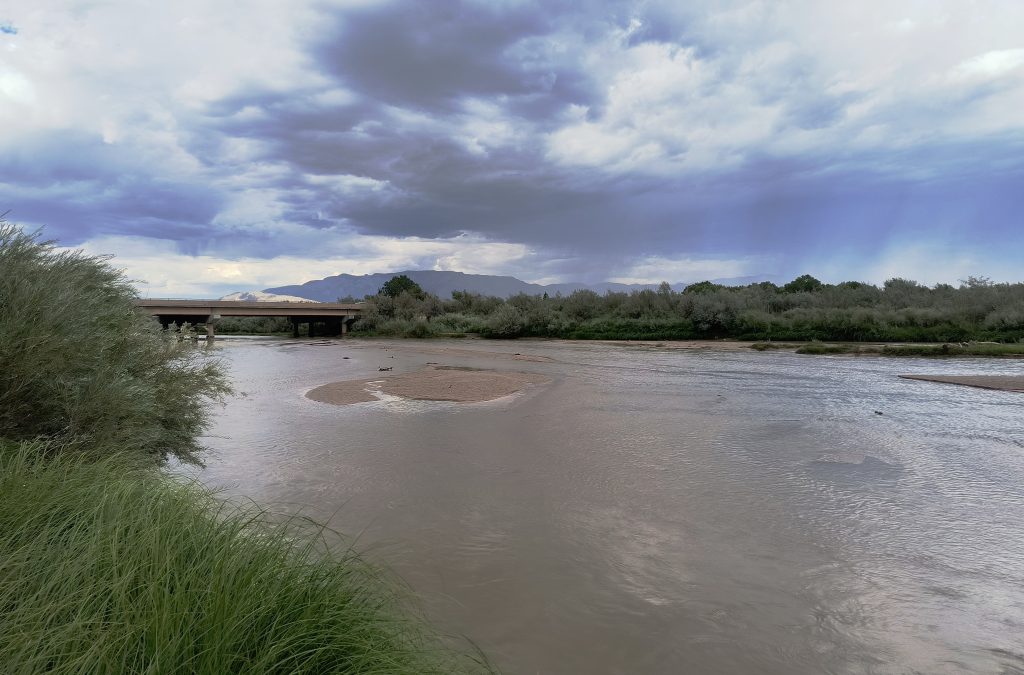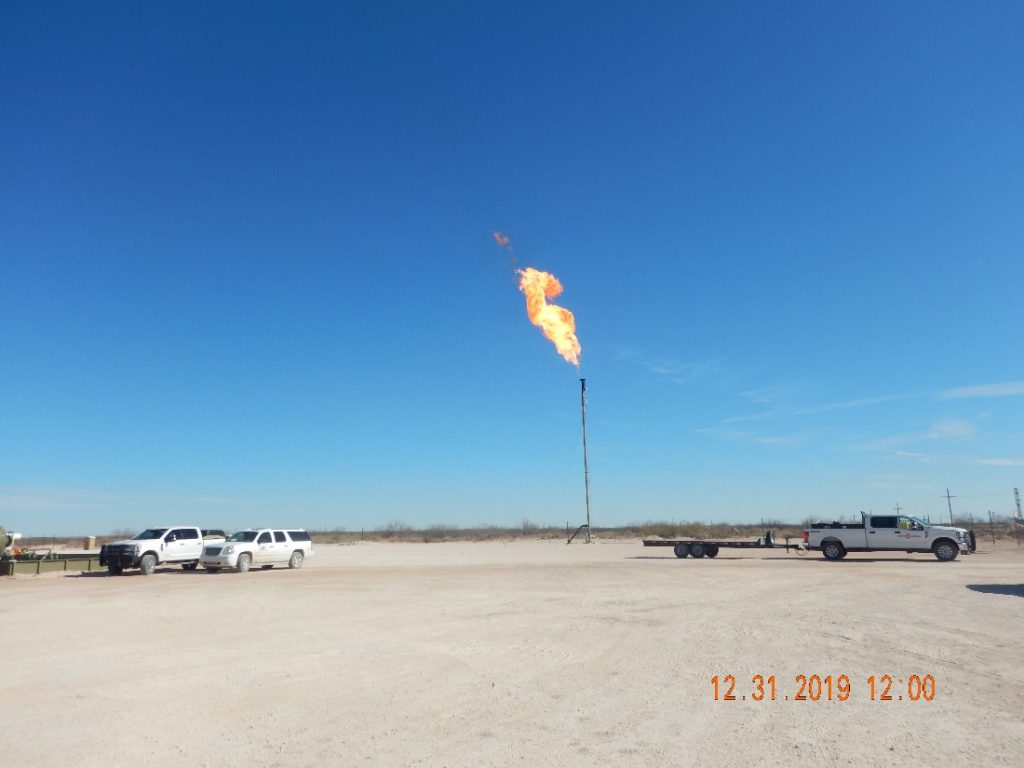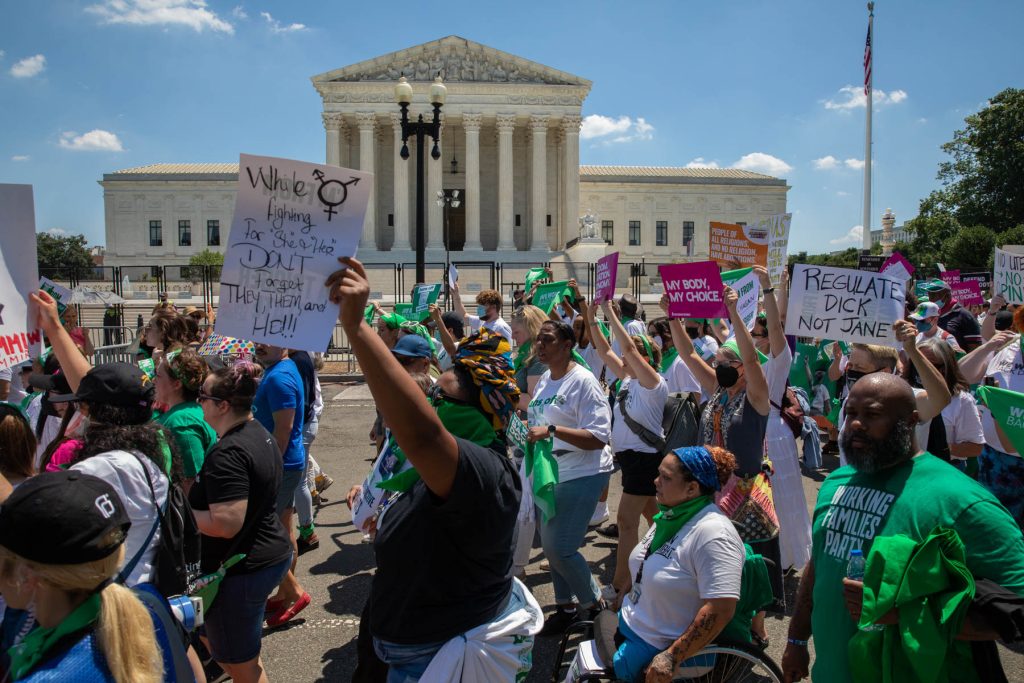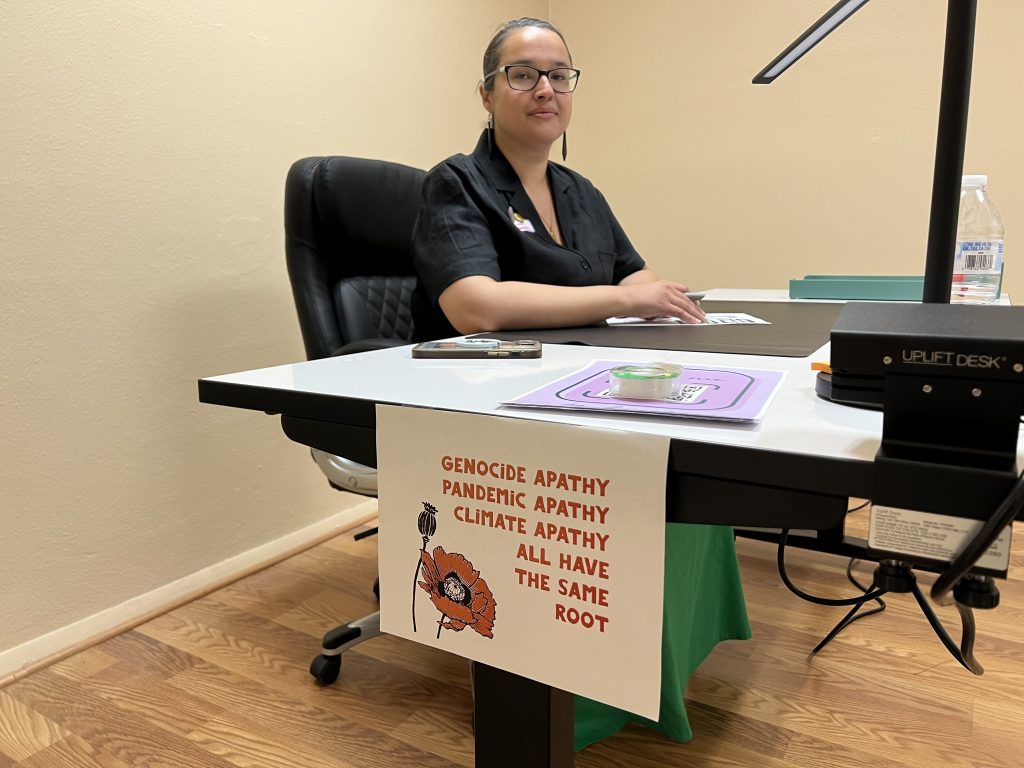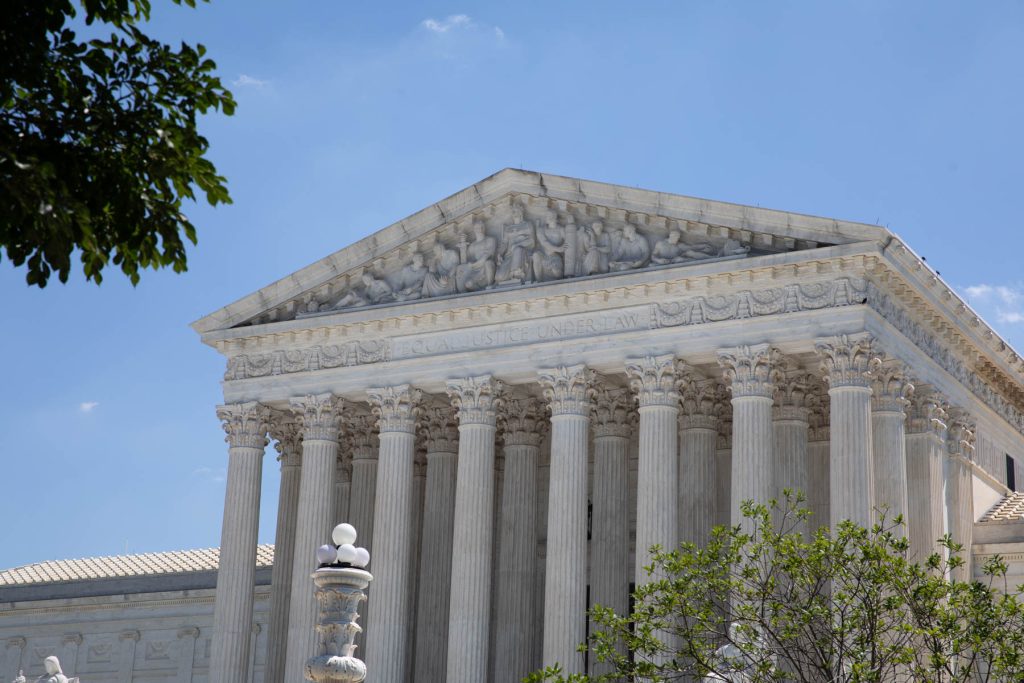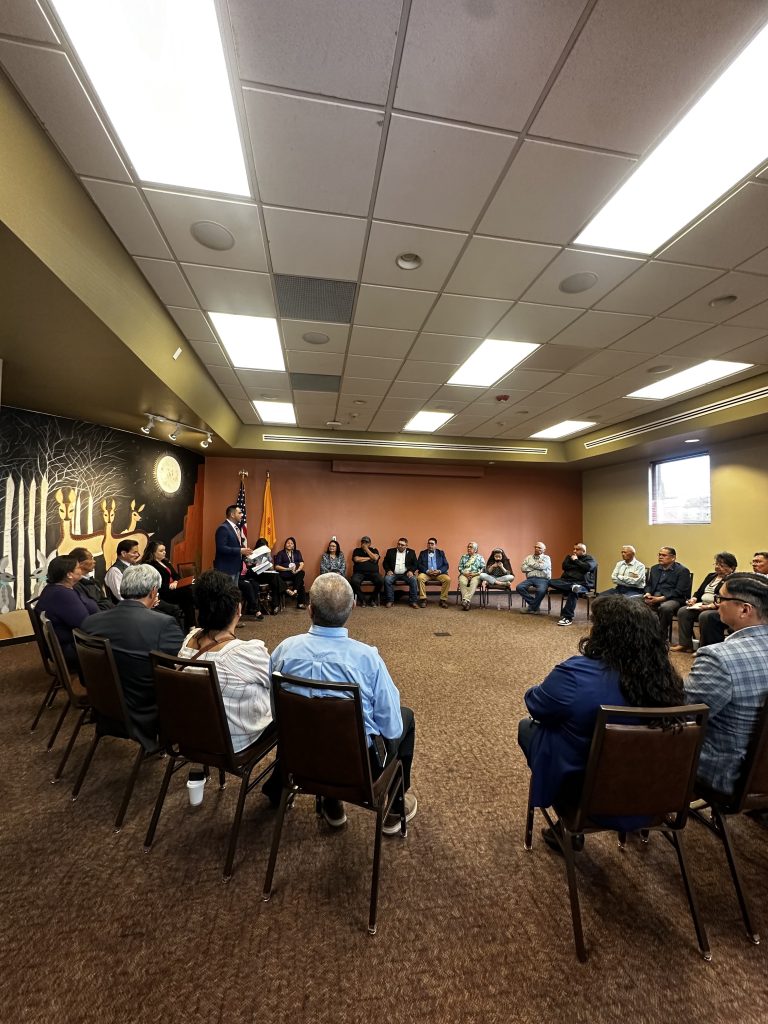Human Services Department Secretary Dr. David Scrase continued to urge New Mexicans to wear masks and stay socially distanced as much as possible to slow the spread of COVID-19.
“I think there’s this general belief out amongst the people in New Mexico that things are getting better and now we can all get back to work,” Scrase said during a Friday webinar with the media.
And he acknowledged much of the gating criteria, which the state uses to assess readiness for further phases of reopening.
However, he still called for caution, since it is so soon from when the state reopened portions of the economy on June 1, and surrounding states are seeing increased numbers..
“The virus is the same. People are easily infected without masks,” he said. “And so we just have to remain cautious.”
He also said that the state was looking at reassessing where the state stood when it came to entering phase 2 of reopening, but decided earlier this week “to go another two weeks, basically.”
Scrase cited studies that showed wearing masks is the best way to curb COVID-19 infections and that staying two meters of distance from others, compared to just one meter, would further reduce transmission by 50 percent.
Scrase said this was important, even for those who are not experiencing any symptoms. Scrase said about 25 percent of the positive tests for COVID-19 in New Mexico came from those showing no symptoms.
“We’re finding, actually, through the testing strategy that we’re using, one-third more cases than we would have if we stuck to only testing asymptomatic people,” Scrase said.
The overall improvement was most notable in the northwest region of the state.
“Thankfully we’re seeing a dropoff in the total number of cases” in McKinley and San Juan counties, Scrase said. The two continue to lead the state in both total cases and cases per capita.
Scrase also said the state was no longer using doubling-time as a criteria for evaluation, since it is less effective when numbers are dropping.
He did say that the spread rate, which the state tweaked to be more responsive to daily test data, showed improvement as of June 18, the last day which Scrase had data for during the webinar.
One thing that is not improving is mobility data. As the state allows more businesses to reopen, people are driving more frequently. Such data is correlated with increased infections, Scrase said.
He noted some examples of increased cases as coming from some in Hidalgo County who had graduation parties outside New Mexico and another case of a baseball team that traveled to Arizona for a baseball tournament and the coaches and players “brought back COVID.”
It comes as neighboring states see large increases in new COVID-19 cases. Arizona set a new daily high for COVID-19 cases in the state on Friday with 3,246 new cases. This broke the previous record, set just a day before, with 2,519 cases.
Texas has also experienced high numbers of new cases and record numbers of hospitalizations in recent weeks. Still, Scrase said there is no evidence of travelers from Texas being the causes of new cases in the Santa Fe area, an area reliant on tourism.
Scrase also addressed the state missing its target of 5,000 daily tests.
“In some ways, one thing we’re seeing actually is a little less interest in the general public in being tested, because people feel perhaps things are getting better,” Scrase said.
Even so, the state still ranks in the top-three in tests performed per capita.
While New Mexico remains in a better position than many states, Scrase said the danger remains.
“The virus is going to be the same and we’re going to be at danger until we’re all vaccinated, or at least most of us are vaccinated,” he said.




